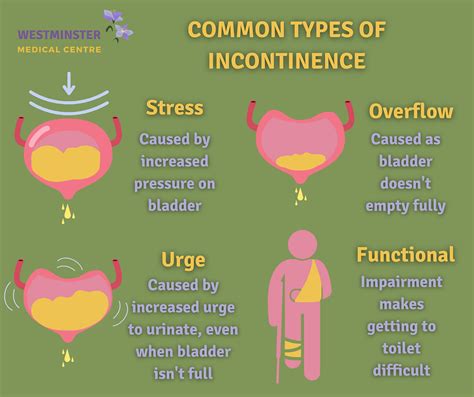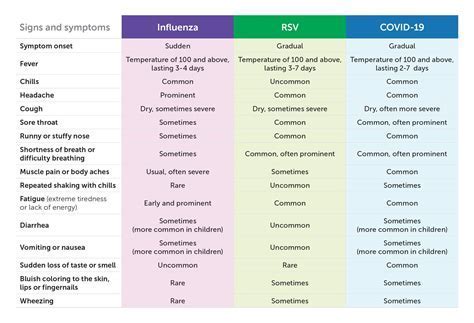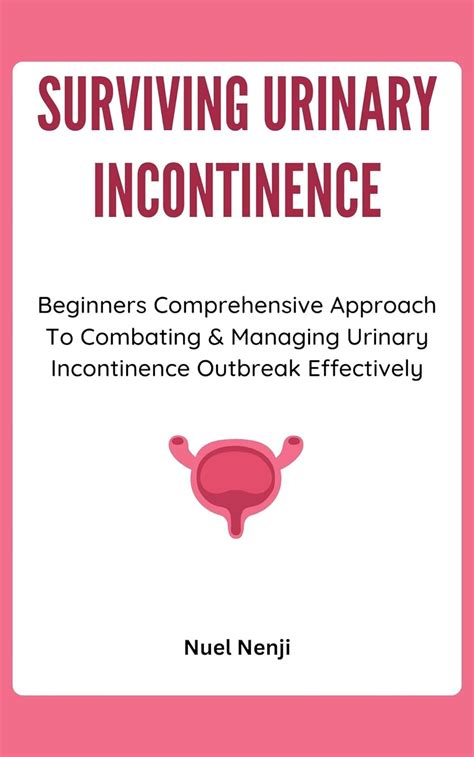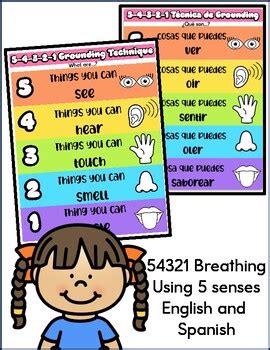Intro
Discover the causes, symptoms, and treatments of Urinary Incontinence, including stress incontinence, urge incontinence, and overflow incontinence, to manage bladder control and leakage effectively.
Urinary incontinence is a common health issue that affects millions of people worldwide, causing significant distress and impacting daily life. It is characterized by the involuntary leakage of urine, which can occur at any age, although it is more prevalent among older adults. Despite its prevalence, urinary incontinence remains a taboo topic, and many individuals suffer in silence, unaware of the various treatment options available. In this article, we will delve into the world of urinary incontinence, exploring its causes, symptoms, types, and treatment options, with the aim of empowering readers to seek help and regain control over their bladder health.
The importance of addressing urinary incontinence cannot be overstated. Not only can it lead to social isolation, decreased self-esteem, and reduced quality of life, but it can also have significant economic implications. In the United States alone, the annual cost of urinary incontinence is estimated to be over $20 billion. Furthermore, urinary incontinence can be a symptom of underlying medical conditions, such as diabetes, neurological disorders, or pelvic floor dysfunction, highlighting the need for prompt diagnosis and treatment.
Urinary incontinence is a complex condition that can be caused by a variety of factors, including age, gender, medical conditions, and lifestyle habits. As people age, the muscles in the pelvic floor weaken, increasing the risk of incontinence. Women are more likely to experience urinary incontinence due to childbirth, menopause, and hormonal changes. Certain medical conditions, such as prostate enlargement, neurological disorders, and diabetes, can also contribute to the development of urinary incontinence. Additionally, lifestyle habits, such as smoking, obesity, and high-impact exercise, can put additional strain on the pelvic floor muscles, leading to incontinence.
Types of Urinary Incontinence

There are several types of urinary incontinence, each with distinct causes and symptoms. Stress urinary incontinence is the most common type, characterized by the leakage of urine during physical activity, such as coughing, sneezing, or exercising. Urge incontinence is another type, marked by a sudden, intense need to urinate, often resulting in leakage. Mixed incontinence is a combination of stress and urge incontinence, while overflow incontinence occurs when the bladder is not fully emptied, leading to frequent leakage. Functional incontinence is a type of incontinence that occurs when an individual is unable to reach the toilet in time due to physical or cognitive disabilities.
Causes of Urinary Incontinence
Urinary incontinence can be caused by a variety of factors, including: * Weakened pelvic floor muscles * Neurological disorders, such as Parkinson's disease or multiple sclerosis * Hormonal changes during menopause * Prostate enlargement or prostate cancer * Diabetes * Obesity * Smoking * High-impact exercise or sports * Certain medications, such as diuretics or sedativesDiagnosis and Treatment

Diagnosing urinary incontinence typically involves a physical examination, medical history, and urinalysis. Additional tests, such as urodynamic testing or cystoscopy, may be necessary to determine the underlying cause of incontinence. Treatment options for urinary incontinence vary depending on the type and severity of the condition. Lifestyle modifications, such as pelvic floor exercises, bladder training, and dietary changes, can be effective in managing mild to moderate incontinence. Medications, such as anticholinergics or alpha-blockers, may be prescribed to help control bladder function. In severe cases, surgery may be necessary to repair or replace damaged tissues.
Treatment Options
Treatment options for urinary incontinence include: * Pelvic floor exercises, such as Kegel exercises * Bladder training * Dietary changes, such as avoiding caffeine or spicy foods * Medications, such as anticholinergics or alpha-blockers * Surgery, such as sling procedures or artificial sphincter implantation * Alternative therapies, such as acupuncture or biofeedbackManaging Urinary Incontinence

Managing urinary incontinence requires a comprehensive approach that incorporates lifestyle modifications, medical treatment, and emotional support. Individuals with urinary incontinence can benefit from keeping a bladder diary to track fluid intake, urination patterns, and leakage episodes. This information can help healthcare providers develop a personalized treatment plan. Additionally, individuals can take steps to manage incontinence by wearing absorbent products, such as pads or adult diapers, and using protective garments or bedding.
Coping with Urinary Incontinence
Coping with urinary incontinence can be challenging, but there are several strategies that can help: * Seeking support from family, friends, or support groups * Practicing stress-reducing techniques, such as meditation or deep breathing * Engaging in regular exercise, such as yoga or swimming * Using humor or positive self-talk to manage emotions * Focusing on overall health and well-being, rather than the incontinence itselfPrevention and Education

Preventing urinary incontinence requires a proactive approach that incorporates healthy lifestyle habits and regular health check-ups. Individuals can reduce their risk of developing urinary incontinence by maintaining a healthy weight, avoiding smoking, and engaging in regular exercise. Additionally, education and awareness about urinary incontinence can help reduce stigma and encourage individuals to seek help. Healthcare providers can play a critical role in educating patients about urinary incontinence, its causes, and treatment options.
Education and Awareness
Education and awareness about urinary incontinence can help: * Reduce stigma and promote open discussion * Encourage individuals to seek help and treatment * Promote healthy lifestyle habits, such as regular exercise and healthy eating * Support research and development of new treatments and technologies * Improve overall health and well-being, reducing the risk of complications and comorbiditiesConclusion and Next Steps

In conclusion, urinary incontinence is a complex and multifaceted condition that requires a comprehensive approach to diagnosis, treatment, and management. By understanding the causes, symptoms, and treatment options, individuals can take control of their bladder health and improve their overall quality of life. If you or someone you know is experiencing urinary incontinence, it is essential to seek help and support from healthcare providers, support groups, or online resources. Remember, urinary incontinence is not a normal part of aging, and there are many effective treatments available to help manage and overcome this condition.
What is urinary incontinence?
+Urinary incontinence is the involuntary leakage of urine, which can occur at any age, although it is more prevalent among older adults.
What are the types of urinary incontinence?
+The main types of urinary incontinence are stress urinary incontinence, urge incontinence, mixed incontinence, overflow incontinence, and functional incontinence.
How is urinary incontinence diagnosed?
+Diagnosing urinary incontinence typically involves a physical examination, medical history, and urinalysis, with additional tests, such as urodynamic testing or cystoscopy, may be necessary to determine the underlying cause of incontinence.
What are the treatment options for urinary incontinence?
+Treatment options for urinary incontinence include lifestyle modifications, medications, surgery, and alternative therapies, such as pelvic floor exercises, bladder training, and dietary changes.
Can urinary incontinence be prevented?
+While urinary incontinence cannot be completely prevented, individuals can reduce their risk by maintaining a healthy weight, avoiding smoking, and engaging in regular exercise, as well as practicing healthy lifestyle habits and seeking regular health check-ups.
We hope this article has provided you with a comprehensive understanding of urinary incontinence, its causes, symptoms, and treatment options. If you have any further questions or concerns, please do not hesitate to reach out to your healthcare provider or a support group. Remember, urinary incontinence is not a normal part of aging, and there are many effective treatments available to help manage and overcome this condition. Share this article with others, and let's work together to raise awareness and reduce stigma around urinary incontinence.
